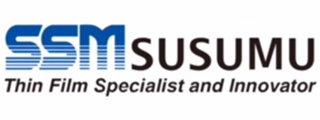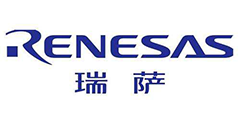iPhone Team Recalls Steve Jobs
Memories of Steve Jobs illuminated some of the brightest moments of on-stage discussions with four engineers from the original Apple iPhone team. The Computer History Museum organized the event as part of a tribute to the landmark handset’s 10th anniversary, moderated by former New York Times tech reporter John Markoff.
The iPhone “had a very circuitous route,” said Scott Forstall, the software team leader for the original iPhone.
An acquaintance of Jobs worked on tablet PCs at Microsoft, a topic that got under the Apple co-founder’s skin. “Steve hated this guy … and that was the actual origin of the iPhone,” said Forstall in his first public appearance in five years, speaking about Apple.
“One time, [Jobs] came back from seeing this guy and … Steve came out with a set of expletives and said, ‘Let’s show them how it’s done. Let’s not use a stylus. We’re born with ten styluses.’”
The team quickly decided to work on capacitive rather than resistive screens and to support multi-touch. An early demo letting fingers move a picture displayed by a large projector mounted on a conference room ceiling “wouldn’t fit in a bathroom, much less a pocket or bag, but the moment we saw it, we knew that was the way to go,” said Forstall, who is named on 200 Apple patents.
One day over lunch, Jobs and Forstall were fiddling with their cellphones.
“Steve said, ‘Do you think we could take that demo with the tablet and shrink it down to fit in your pocket with that same technology?’ So we went back to the design team. They carved out a corner [of the display showing] a simple list of names you could drag down, tap, and call. The second you saw the demo, you knew this was the way the phone had to be. Steve saw it and said, ‘Put the tablet on hold,’ and they started designing the iPhone … the hardware team had the Herculean task of shrinking it down.”
In early meetings about the handset, carriers “gave us hundreds of pages of line items of what the handset had to do” recalled Forstall. “There was no way. We said, ‘You do the network and you can give us a spec for the level that works with your network. Everything above that, you have no say.’”
Ultimately, Cingular, later rebranded as AT&T, “signed a deal with us. We hadn’t really started [the design] yet. We didn’t show them anything.”
Forstall talked about taking one of the prototypes out of locked Apple offices so he could try using it at home. “I actually talked to an FBI agent about how to watch for people following you.”
A second unit was configured for Jobs, who would later call him at odd hours to talk about details of the design he wanted to have changed.
在线留言询价

Apple raised iPhone prices overall, but one new model could entice those who sat out last year's X

TrendForce's Comments on New iPhone Models

The Stealth Winners in iPhone X

Uncovering the iPhone Battery Slowdown
- 一周热料
- 紧缺物料秒杀
| 型号 | 品牌 | 询价 |
|---|---|---|
| BD71847AMWV-E2 | ROHM Semiconductor | |
| CDZVT2R20B | ROHM Semiconductor | |
| MC33074DR2G | onsemi | |
| TL431ACLPR | Texas Instruments | |
| RB751G-40T2R | ROHM Semiconductor |
| 型号 | 品牌 | 抢购 |
|---|---|---|
| BP3621 | ROHM Semiconductor | |
| STM32F429IGT6 | STMicroelectronics | |
| ESR03EZPJ151 | ROHM Semiconductor | |
| TPS63050YFFR | Texas Instruments | |
| IPZ40N04S5L4R8ATMA1 | Infineon Technologies | |
| BU33JA2MNVX-CTL | ROHM Semiconductor |
- 周排行榜
- 月排行榜
AMEYA360公众号二维码
识别二维码,即可关注


请输入下方图片中的验证码:






















